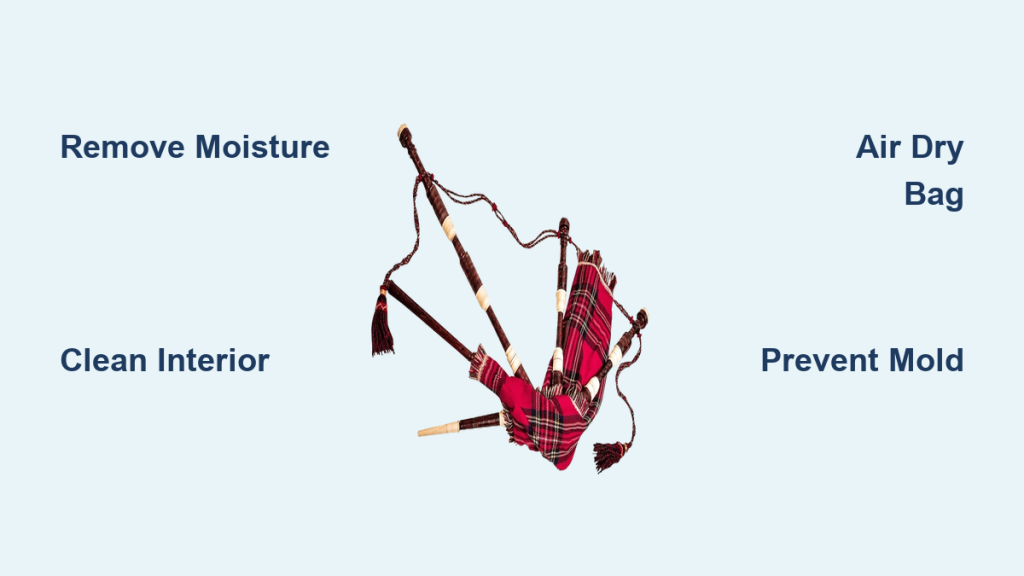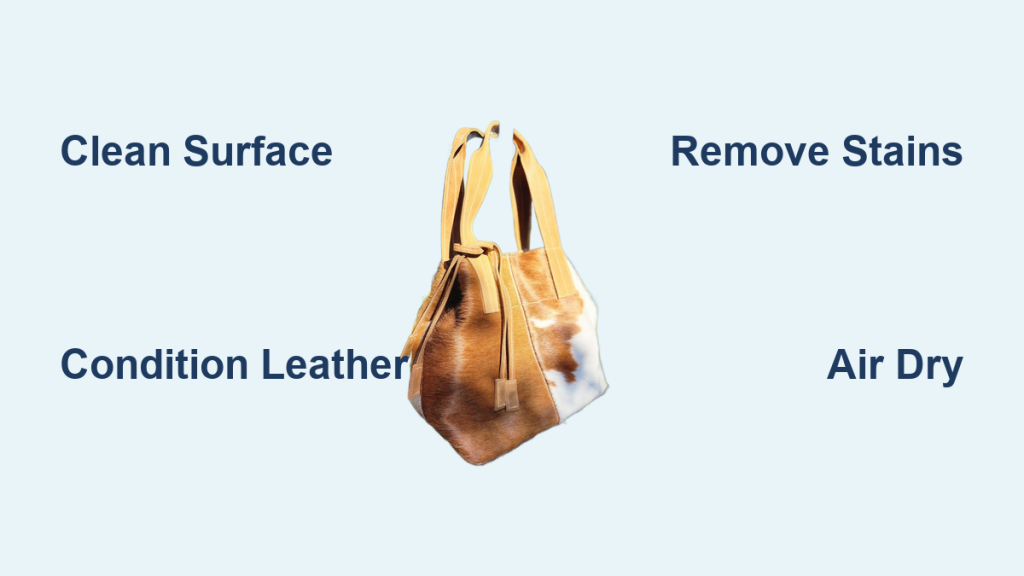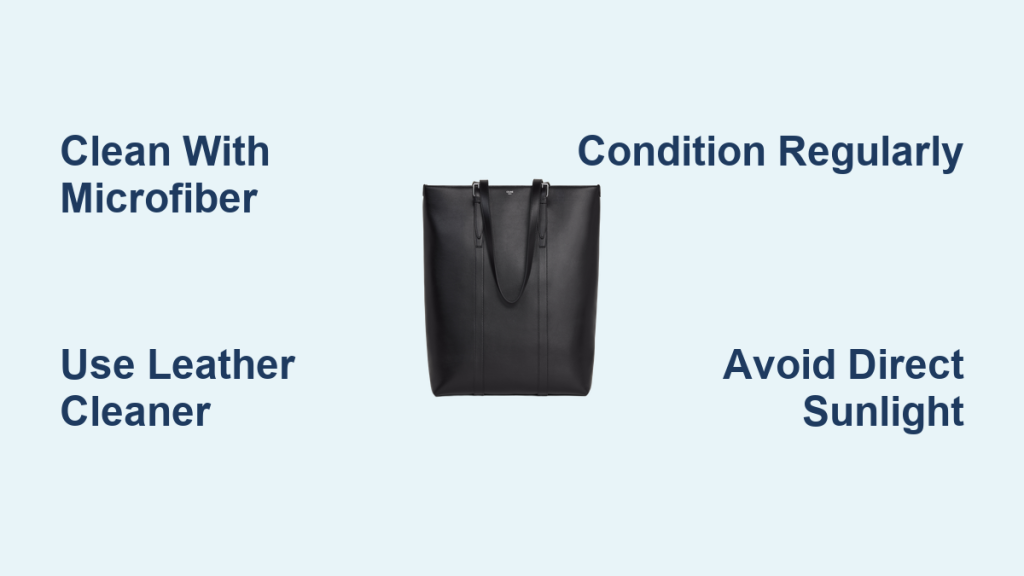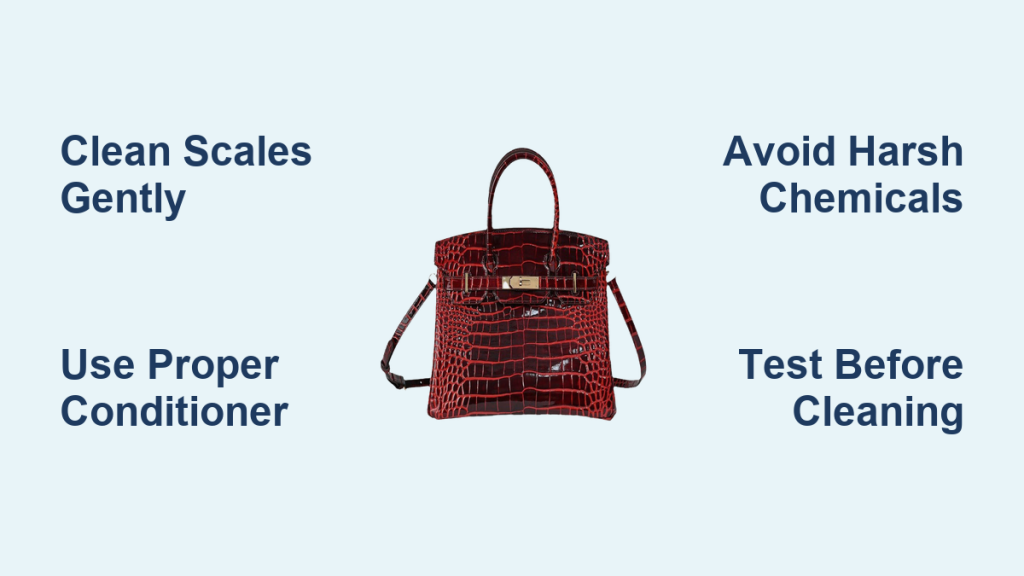Dealing with a damp or smelly bagpipe bag can be incredibly frustrating for any piper. A poorly maintained bag can affect tone, airtightness, and even the lifespan of your instrument. Fortunately, a thorough cleaning can often restore your bag to peak performance. This guide will walk you through the process, starting with a quick fix for minor dampness and progressing to a comprehensive cleaning routine for more serious issues.
This comprehensive guide will cover everything from identifying the source of moisture and odors to the best cleaning methods for different bag materials. We’ll also discuss preventative measures and maintenance schedules to keep your bag in optimal condition, ensuring your bagpipes sound their best for years to come. By the end of this article, you’ll be equipped with the knowledge and skills to confidently clean and maintain your bagpipe bag.
Common Causes of a Dirty Bagpipe Bag
Several factors can contribute to a dirty or smelly bagpipe bag. Understanding these causes is the first step in preventing future problems.
Moisture Build-Up
Moisture is the biggest enemy of a bagpipe bag. It comes from your breath, condensation forming inside the bag, and even external humidity. Excessive moisture can lead to mold growth and deterioration of the bag material.
Internal Condensation
As you play, your warm, moist breath enters the cool bag, causing condensation. This is a natural process, but it needs to be managed.
External Humidity
Exposure to high humidity, especially during storage, can saturate the bag and encourage mold growth.
Mold and Mildew Growth
A damp environment is a breeding ground for mold and mildew, which cause unpleasant odors and can damage the bag material.
Residue from Seasoning
New bags require seasoning with beeswax, and residual beeswax can attract dust and grime over time.
How to Clean Your Bagpipe Bag: Multiple Methods
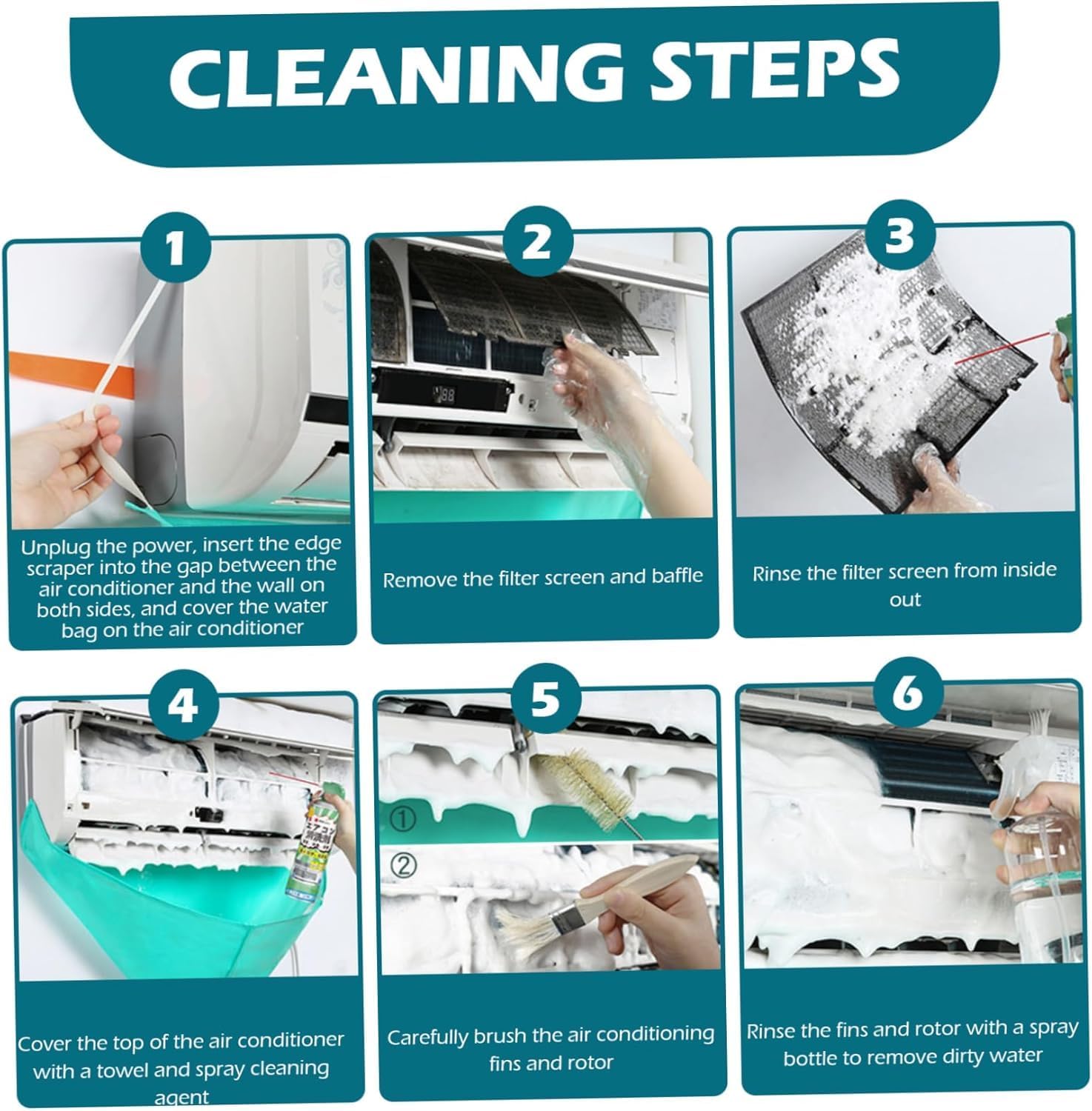
Here are several methods for cleaning your bagpipe bag, ranging from quick fixes to a complete overhaul.
Method 1: Quick Dampness Wipe-Down
This method is best for minor dampness after playing.
Diagnosing the Issue
If your bag feels slightly damp after playing, this is a normal occurrence. However, if it remains damp for extended periods, further action is needed.
Fix Steps
- Empty the bag: Completely empty any remaining air from the bag.
- Wipe down the interior: Use a clean, dry, lint-free cloth to wipe down the inside of the bag. Focus on areas that feel damp.
- Air dry: Leave the bag open and allow it to air dry completely before storing it.
Testing
Check the bag for any lingering dampness. If it’s still damp, proceed to Method 2.
Method 2: Interior Cleaning with a Bagpipe Bag Saver
This method is ideal for removing excess moisture and light residue.
Diagnosing the Issue
A Bagpipe Bag Saver is a moisture absorption device that fits inside the bag. It’s useful for routine maintenance and preventing mold growth.
Fix Steps
- Insert the Saver: Place a Bagpipe Bag Saver inside the bag after each playing session.
- Allow to Absorb: Leave the Saver in the bag overnight or for at least 12 hours.
- Remove and Recharge: Remove the Saver and recharge it according to the manufacturer’s instructions (usually by drying it in a warm oven or using a dehumidifier).
Testing
Check the bag for dryness. Repeat if necessary.
Method 3: Deep Cleaning with a Mild Soap Solution
This is the most thorough cleaning method and should be done periodically.
Diagnosing the Issue
This method is for bags with significant moisture buildup, odors, or visible mold.
Fix Steps
- Prepare the Solution: Mix a small amount of mild, pH-neutral soap (like baby shampoo) with lukewarm water. Avoid harsh detergents.
- Apply the Solution: Dampen a clean, soft cloth with the soap solution. Do not saturate the cloth.
- Wipe Down the Interior: Gently wipe down the entire interior of the bag, taking care to reach all areas.
- Rinse: Dampen another clean cloth with plain lukewarm water and wipe away any soap residue.
- Air Dry: Leave the bag open and air dry completely. Do not use a hairdryer or other heat source, as this can damage the bag.
Testing
Ensure the bag is completely dry and free of any soapy residue before reassembling your bagpipes.
Prevention Tips and Maintenance Advice

Preventing a dirty bagpipe bag is easier than cleaning it. Here’s how to keep your bag in top condition.
- Always empty the bag after playing: Don’t leave moisture trapped inside.
- Use a Bagpipe Bag Saver: Absorb excess moisture after each session.
- Store your bagpipes in a dry place: Avoid damp basements or humid rooms.
- Regularly inspect the bag for signs of moisture or mold.
- Season the bag properly: Use beeswax sparingly and wipe away any excess.
- Consider a waterproof bag cover: Protect your bag from rain and humidity during transport.
Pro Tips for Bagpipe Bag Maintenance
- Avoid using alcohol-based cleaners: These can damage the bag material.
- Don’t over-season the bag: Too much beeswax can attract dirt.
- Rotate your bags: If you have multiple bags, rotate their use to prolong their lifespan.
- Check the moisture indicator (if applicable): Some bags have a built-in moisture indicator to alert you when cleaning is needed.
- For leather bags, apply a leather conditioner occasionally: This will help keep the leather supple and prevent cracking.
- If you are unsure about cleaning a synthetic bag, consult the manufacturer’s instructions.
- Ensure complete dryness before storing: This is the single most important step.
Professional Help

When to Seek Professional Assistance
- Extensive mold or mildew growth: If the mold is widespread or deeply embedded, professional cleaning is recommended.
- Damage to the bag material: Tears, holes, or significant wear and tear should be repaired by a professional.
- Persistent odors: If you’ve tried cleaning the bag yourself and the odor persists, a professional may have specialized cleaning solutions.
Finding a Qualified Repairer
- Contact local bagpipe bands or societies: They can often recommend reputable repairers.
- Search online for bagpipe repair services: Look for repairers with good reviews and experience.
- Inquire about their experience with your specific bag material.
FAQ
Q: How often should I clean my bagpipe bag?
A: It depends on how frequently you play and the humidity levels in your environment. A quick wipe-down after each session is recommended, and a deep cleaning every 3-6 months is a good guideline.
Q: Can I use bleach to clean my bagpipe bag?
A: Absolutely not. Bleach can damage the bag material and is not suitable for any part of a bagpipe.
Q: What is the best way to dry a bagpipe bag?
A: Air drying is the safest method. Ensure the bag is completely open and allow it to dry naturally. Avoid heat sources.
Q: How can I tell if my bagpipe bag is damaged?
A: Look for tears, holes, cracks, or areas of discoloration. Also, listen for air leaks when inflating the bag.
Get Your Bagpipe Bag Working Again
By following these steps, you can keep your bagpipe bag clean, dry, and in optimal condition. Remember to prioritize regular maintenance and address any issues promptly. A well-maintained bag will not only improve the sound of your bagpipes but also extend their lifespan.
Have you successfully cleaned your bagpipe bag? Share your experience and any additional tips in the comments below!

